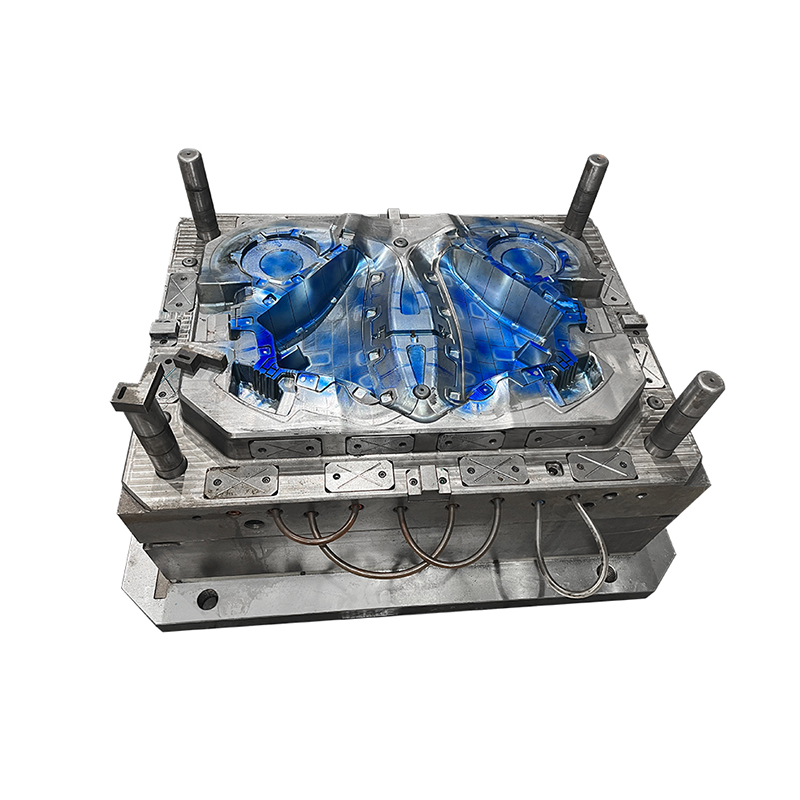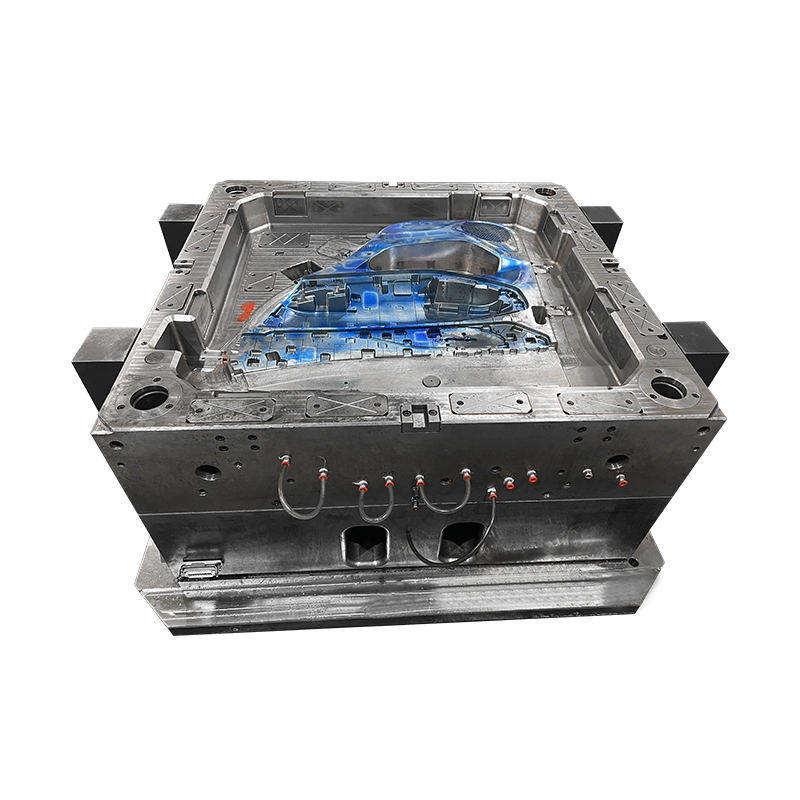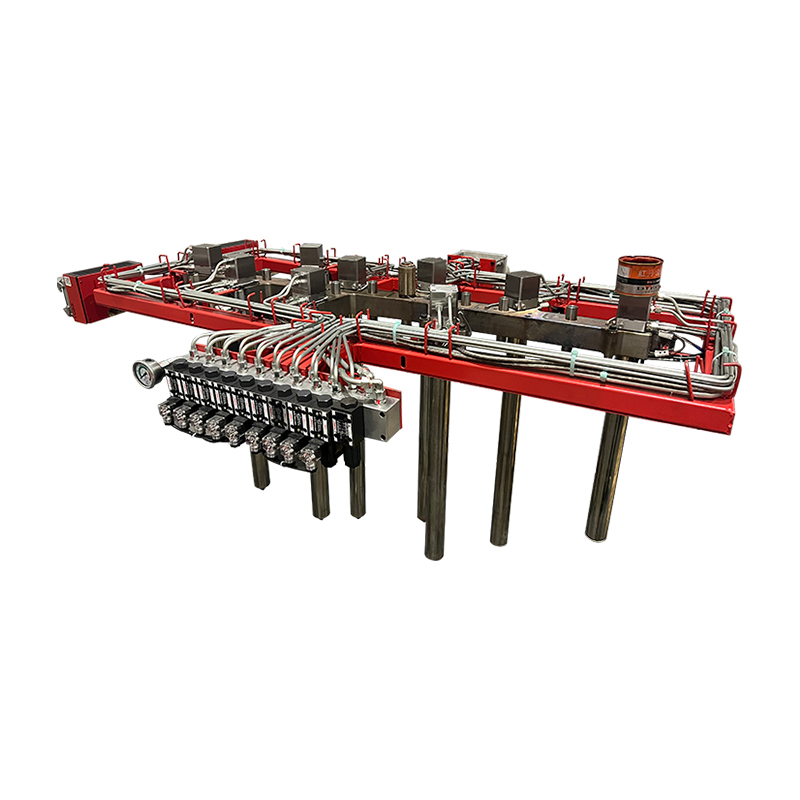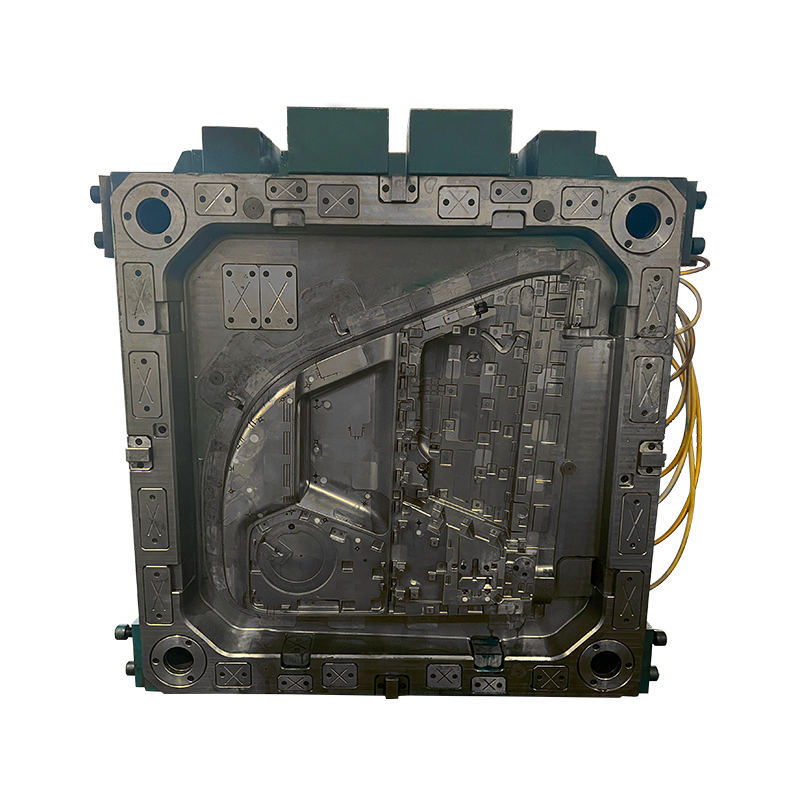Polypropylene (PP) is a thermoplastic polymer known for its durability, chemical resistance, and low density. When reinforced with other materials such as glass fibers or additives, PP can be used to manufacture manhole covers that meet load-bearing and environmental standards. Compared to traditional materials like cast iron, PP manhole covers are more resistant to corrosion, lighter for handling, and often more cost-effective in terms of installation and maintenance.
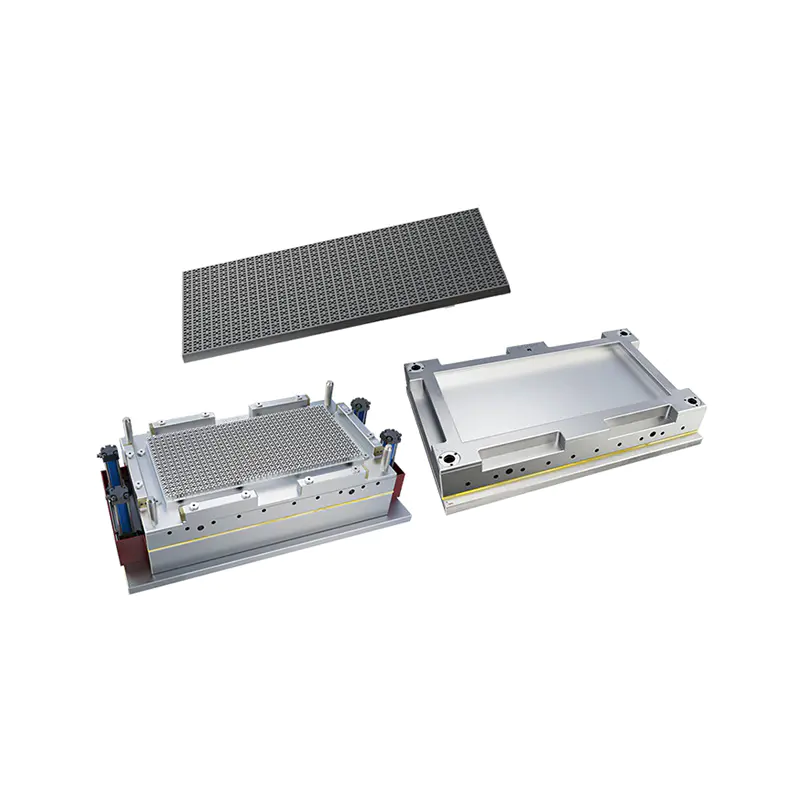
These benefits have increased the demand for PP manhole covers in residential developments, telecommunication infrastructure, sewage systems, and utility access points. The growing market interest, in turn, is shaping the evolution of PP manhole cover mold manufacturing.
Trend 1: Precision in Mold Design
One of the notable trends in PP manhole cover mold development is the emphasis on high-precision mold design. With increased performance expectations, including dimensional accuracy and surface quality, mold makers are adopting advanced CAD/CAM software to ensure the final product meets strict tolerances. This precision helps achieve uniform thickness, optimized weight distribution, and proper sealing surfaces—all of which are essential for functional and regulatory performance.
Advanced simulation tools also enable mold designers to evaluate material flow, cooling behavior, and potential defects during the molding process, reducing the likelihood of production issues and material waste.
Trend 2: Multi-Cavity Mold Development
As demand grows for higher output and reduced manufacturing costs, multi-cavity molds have become more popular. These molds allow manufacturers to produce multiple PP manhole covers or their components (e.g., lids and frames) in a single injection molding cycle. The increased productivity is especially useful for suppliers handling bulk orders or serving large-scale public infrastructure projects.
Multi-cavity mold systems must be designed with uniform flow paths and balanced cooling to ensure consistent part quality across all cavities. While initial investment costs may be higher, the long-term savings and increased efficiency make this trend appealing to both mold manufacturers and end users.
Trend 3: Focus on Lightweight and Reinforced Designs
Modern PP manhole cover molds are increasingly tailored for lightweight designs that do not compromise strength. This involves integrating structural reinforcements such as rib patterns within the mold design. These reinforcements allow for reduced material use while maintaining adequate load-bearing capacity.
Moreover, some manufacturers are adapting their molds to accommodate composite formulations—where PP is combined with materials like glass fiber or mineral fillers—to increase the mechanical strength and thermal resistance of the final product.
Trend 4: Sustainability and Recycling
Environmental responsibility is a growing concern in all manufacturing sectors. In the context of PP manhole cover molds, the use of recycled PP material is on the rise. Mold designs now need to consider the slightly different flow characteristics of recycled polymers compared to virgin materials.
Mold manufacturers are also working toward designs that minimize material waste during production. This trend supports global sustainability goals and aligns with regulations in many countries that encourage or mandate the use of eco-friendly materials in construction and municipal infrastructure.
Trend 5: Automation and Intelligent Molding Systems
The adoption of automated production lines and smart mold systems is reshaping how PP manhole covers are manufactured. Features such as automatic mold clamping, real-time temperature monitoring, and automated ejection systems are being integrated to reduce cycle times and labor dependency.
Additionally, Industry 4.0 technologies like sensors and data analytics enable predictive maintenance and performance optimization for molds, ensuring consistent quality and reducing downtime.



